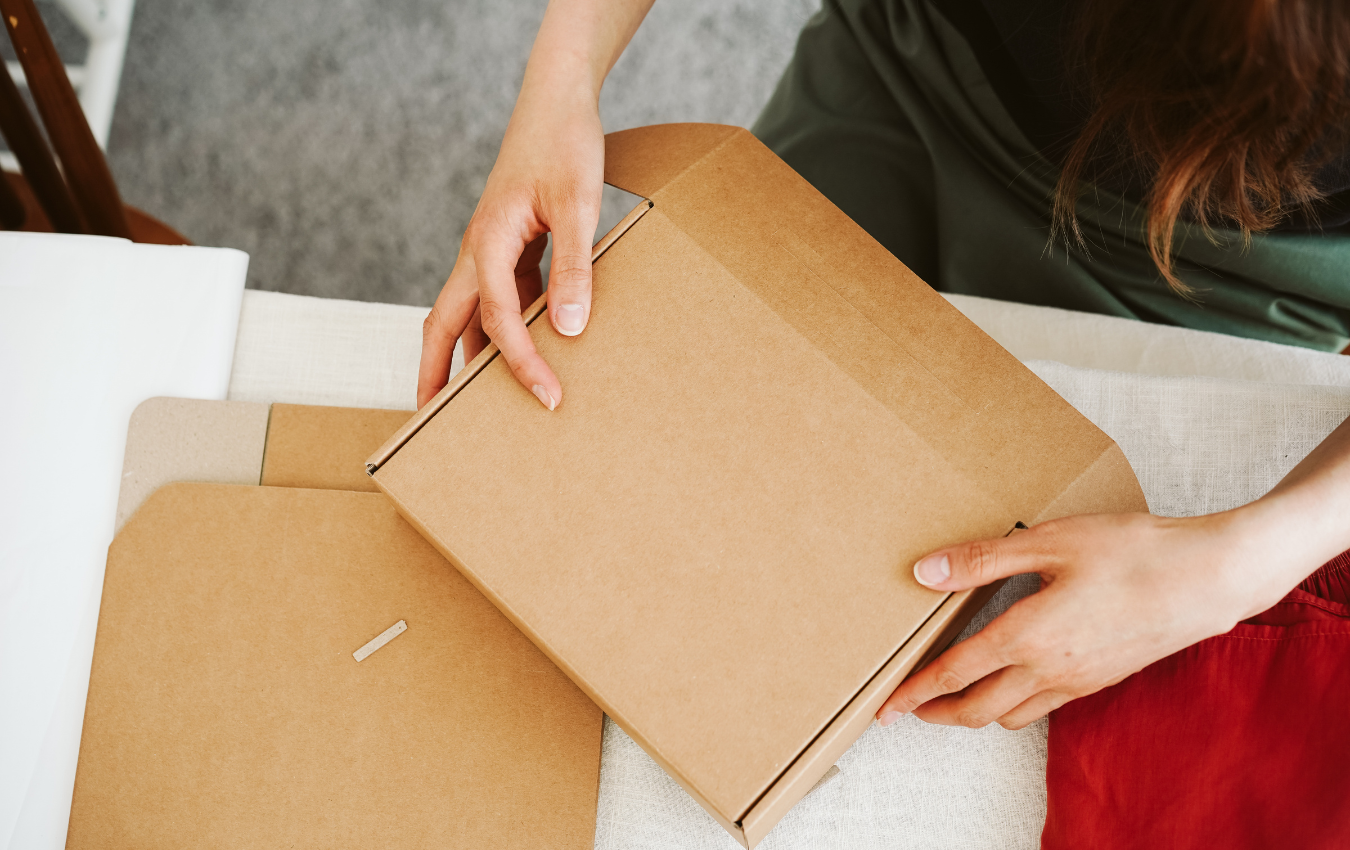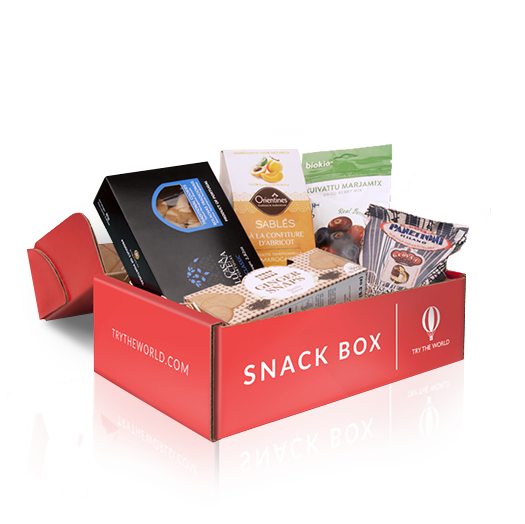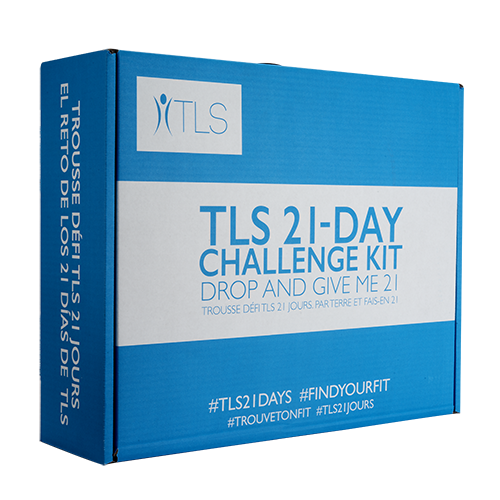Home » Double or Single Wall for Boxes: Making the Right Choice
Double or Single Wall for Boxes: Making the Right Choice

When it comes to choosing the right packaging for your products, you’re often faced with various options. One critical decision in the world of packaging is whether to go with double-wall or single-wall boxes. Each has its own set of advantages and considerations. In this detailed blog, we will explore both options, helping you make an informed choice that suits your specific packaging needs.
Single-Wall Boxes: The Basics
Single-wall boxes are constructed from a single layer of corrugated cardboard. This makes them lightweight and cost-effective. They are an excellent choice for a wide range of products, especially those that don’t require heavy-duty protection during transportation and storage.
Advantages of Single-Wall Boxes
- Cost-Effective: Single-wall boxes are budget-friendly and suitable for businesses looking to reduce packaging costs without compromising quality.
- Lightweight: Their lightweight nature reduces shipping costs and makes handling easier.
- Versatile: Single-wall boxes can be used for a variety of products, such as clothing, cosmetics, and lightweight electronics.
- Easy to Assemble: They are straightforward to assemble, saving time in the packaging process.
Considerations for Single-Wall Boxes
- Limited Protection: They offer limited protection for fragile or heavy items, making them less suitable for products that require enhanced safety during transit.
- Stacking Strength: Single-wall boxes may not withstand heavy stacking loads as well as double-wall boxes.
Double or Wall Boxes: The Essentials
Double-wall boxes are constructed from two layers of corrugated cardboard, offering increased strength and durability. They are designed to provide superior protection for heavier or fragile products.
Advantages of Double-Wall Boxes
- Enhanced Durability: Double-wall boxes offer superior protection, making them ideal for products that require additional safeguarding during shipping.
- Heavy-Duty: They can withstand heavy stacking loads, reducing the risk of damage to the contents.
- Versatility: Double-wall boxes are suitable for a wide range of products, from electronics and appliances to glassware and ceramics.
Considerations for Double-Wall RETT Boxes
- Cost: Double-wall boxes are generally more expensive than single-wall options due to the additional material and strength.
- Weight: They are heavier, which can increase shipping costs and make handling more challenging.

Choosing the Right Option
The choice between single-wall and double-wall boxes ultimately depends on your specific product and shipping requirements. Here are some factors to consider:
- Product Weight: If your products are heavy or fragile, double-wall boxes provide the necessary protection. For lighter and less delicate items, single-wall boxes may suffice.
- Shipping Distance: For long-distance shipping or international transport, double-wall boxes can offer added security against rough handling and stacking.
- Budget: Consider your budget constraints. Single-wall boxes are more cost-effective, which can be an advantage for businesses looking to reduce packaging expenses.
- Environmental Impact: Think about your commitment to sustainability. Single-wall boxes, being lighter, may have a lower carbon footprint in terms of shipping, while double-wall boxes are sturdier and reusable.



Conclusion
Choosing between single-wall and double-wall boxes depends on your specific packaging needs, product characteristics, and budget considerations. Single-wall boxes are cost-effective and versatile, suitable for lightweight products. Double-wall boxes offer enhanced protection and durability, making them ideal for heavy or fragile items. Assess your unique requirements and make an informed choice to ensure your products are well-protected during transit and storage while staying within your budget constraints.
If you are interested in roll end tuck end boxes, then partner with Brown Packaging today to get started.
Sustainability in pet product packaging involves balancing environmental impact with functional performance. Materials must protect against moisture, oxygen, and pests while also meeting recyclability or
Retail packaging must do two jobs at once—catch the shopper’s eye while protecting the product through the supply chain. Too much focus on graphics can
As budgets tighten in 2026, packaging buyers are under pressure to reduce costs without increasing damage rates. Cutting too aggressively can lead to product loss,
Many U.S. businesses currently sourcing packaging from China are facing a harsh reality: tariffs and trade volatility can quickly erode margins and disrupt supply chains.
Rising tariffs and trade restrictions on Chinese manufacturing are accelerating the need for U.S. companies to reevaluate their packaging supply chains. Many packaging buyers who
POP display design must serve two masters — maximizing visual impact in-store while minimizing logistics costs. Engineering the right balance between display footprint, assembly complexity,
Home » Double or Single Wall for Boxes: Making the Right Choice

When browsing a retail store many of us have probably noticed that most products are packaged in a box, whether they are on the shelf

Corrugated packaging is a popular packaging option for a wide range of products due to its strength, durability, and cost-effectiveness. In 2023, several trends are

Why Board Grade Selection Matters In today’s volatile supply chain environment, packaging failures aren’t just a nuisance—they’re a liability. Damage in transit, product returns, and


